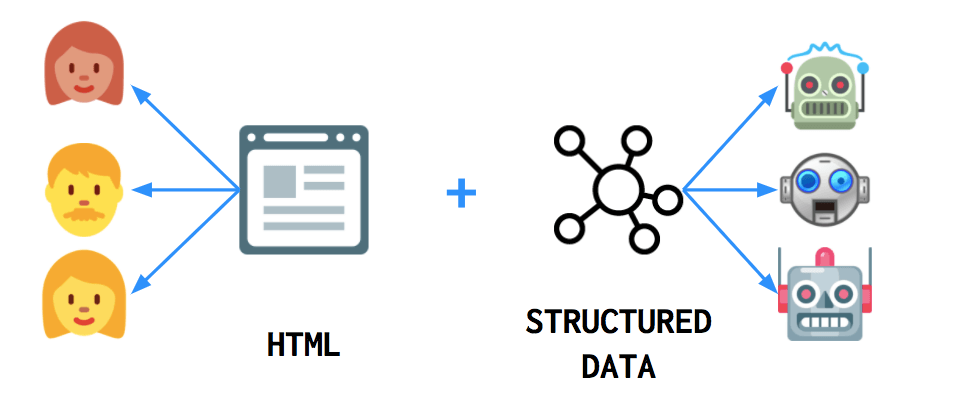My fascination with RSS feeds began in 2006 when I wrote my first javascript to parse one. As I learned how to make asynchronous calls to servers and manipulate data, I was captivated by the power of structured data.
My next project was for a book publishing house, where I created an auto-updating inventory for their 10 online and 10 physical locations. Through this eCommerce project, I discovered the value of structured data in the book publishing industry, which has a standard format for sharing information across multiple websites. It became clear to me that structured data could support the development of numerous application layers.
My third project was an entrepreneurial web project in real estate, which once again relied heavily on structured data. Specifically, I learned about the IDX feed for MLS and how it enables seamless information sharing through a standardized format.
Throughout my journey, I worked on various feeds, such as sports, news, business listings, TV schedules, and automobile inventories. Over time, I came to understand the immense potential of structured data.
Later, Schema.org was introduced in the search engine optimization/digital marketing industry to create more entity-driven web content and identify low-quality content. I never imagined that it would enable the transformation of user-generated content across heterogeneous data types like voice, video, or image.

Structured Data in the current world.
Looking ahead, I believe that a radical structured data format will emerge, which will be facilitated by the Open Data (Open Gov) movement.
Ride Sharing and Structured Data
For instance, all shared ride platforms, shared parking lot apps, and shared room services can adopt a single format to communicate with multiple applications and public/private corporations, even if they have their own infrastructure. Ride sharing and delivery platforms can also adopt a structured data format to achieve a homogeneous process, where a single driver working on Uber, Lyft, or SkiptheDishes would not have to waste resources working across three different infrastructures.
E-commerce stores already use product feeds for inventory and returns, and a more structured way of communicating between different platforms would increase resource optimization and transparency.
Government 4.0 with Structured Data
Governments can establish a common standard of online communication between departments, enabling artificial intelligence and machine learning software to create more meaningful analogies based on information exchange between various departments and ministries. For instance, if departments follow proper leave formats, information can be available across the public sector, leading to informed planning and decision-making.
Credit Rating for Immigrants
Assessing the financial health of immigrants is an interesting dilemma, and treating everyone the same way hinders growth. Most immigrants only receive a visa after undergoing financial and criminal scrutiny, and besides financial credibility, they are eligible to start life where they stopped in their home or previous country. Adopting a homogeneous format for sharing basic financial health information of an individual across organizations or countries can enable more informed decisions, as the individual’s good or bad financial baggage can be carried forward to a new country.
In Developer language it would be great to have one common api documentation for the entire world with Unique Key-Value pairs. So much can be improved ( as well exposed)